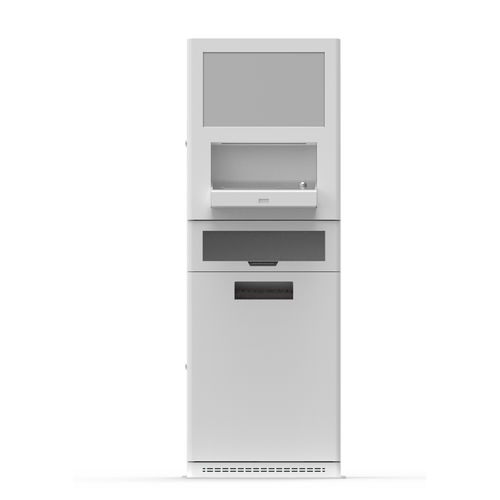
#Industry News
Additive manufacturing revolutionises production processes in industry
Their uses and applications are increasing, helping to reduce costs.
Additive manufacturing or 3D printing has been a technological revolution, modifying traditional production processes in industry.
In this post we will explain the origin of additive manufacturing, what it is and its main applications in the industrial sector.
Brief history of additive manufacturing
The origin of this innovative production method dates back to 1986 when the American Charles Hull invented the technology known as stereolithography (SLA), which uses a laser to harden a photosensitive liquid resin layer by layer until the desired object is created.
In the 1990s, other 3D printing technologies were developed, such as Fused Deposition Melting (FDM), which is based on the controlled deposition of thermoplastic material layer by layer until the three-dimensional object is created.
From the year 2000 onwards, the technology evolved in terms of precision and materials used. 3D printing began to be used for the manufacture of prototypes in various industrial sectors such as the automotive and aerospace industries.
Since 2010, 3D printing has become more affordable and accessible to the general public. More advanced 3D printing technologies have been developed, such as metal 3D printing. Applications have expanded to include the creation of customised parts, tools and end products for various sectors such as in the medical sector for the manufacture of implants and customised prostheses or in the construction sector.
The history of additive manufacturing is one of continuous innovation and technological advancement. As technology continues to evolve, additive manufacturing is playing a more prominent role in the production and creation of products for different industries.
What is additive manufacturing?
Additive manufacturing, as the name suggests, is a manufacturing process that involves adding layers of a given material layer by layer to create a three-dimensional object. The layers of material are placed one on top of the other until the final object or mould is created.
Unlike traditional manufacturing methods, which are usually subtractive (milling, machining, metal turning, etc.) and are based on the removal of material from a blank to shape the final part, additive manufacturing allows the creation of complex objects using different types of materials such as plastics, resin, metals or ceramics.
The three main components of additive manufacturing are the computer-aided design (CAD), the 3D printer and the material used to create the object.
Main applications in industry
As 3D technology evolves, its applications and uses are increasing.
The main applications of additive manufacturing in modern industry are:
Rapid prototyping: this is one of the most common applications of additive manufacturing in industry. Before a product is mass-produced, prototypes need to be created for testing and design refinement. 3D printing in ABS or PLA allows companies like ours to create prototypes that allow us to check that the parts designed by our technical office fit perfectly into the technological solution before they are manufactured in metal.
Product customisation: 3D printing allows the creation of products tailored to the individual needs of each customer. This not only improves user satisfaction, but also reduces waste and excess inventory.
Aerospace component manufacturing: this industry has benefited greatly from the development of 3D technology, enabling it to create lightweight and strong components that are critical to the efficiency and performance of aircraft and rockets. The ability to produce parts with complex geometries without traditional tooling or moulds is a significant advance in this industry.
Medicine and dentistry: 3D printing has become an almost indispensable tool in the manufacture of customised medical devices, implants and prostheses. Surgeons use 3D printed models to plan complex procedures, and 3D printers enable the creation of affordable and accurate dental and medical prostheses.
Automotive industry: This industry uses additive manufacturing to produce lighter and stronger parts and components, leading to more fuel-efficient and better-performing vehicles. In addition, 3D printing facilitates the manufacture of automotive prototypes and customised replacement parts.
Additive manufacturing is transforming industry across a wide range of sectors. From rapid prototyping to the production of customised parts and components, the technology offers versatility and efficiency that is difficult to match with traditional methods. As the technology continues to advance, it is exciting to imagine the future applications and developments that additive manufacturing will bring to the industry.





